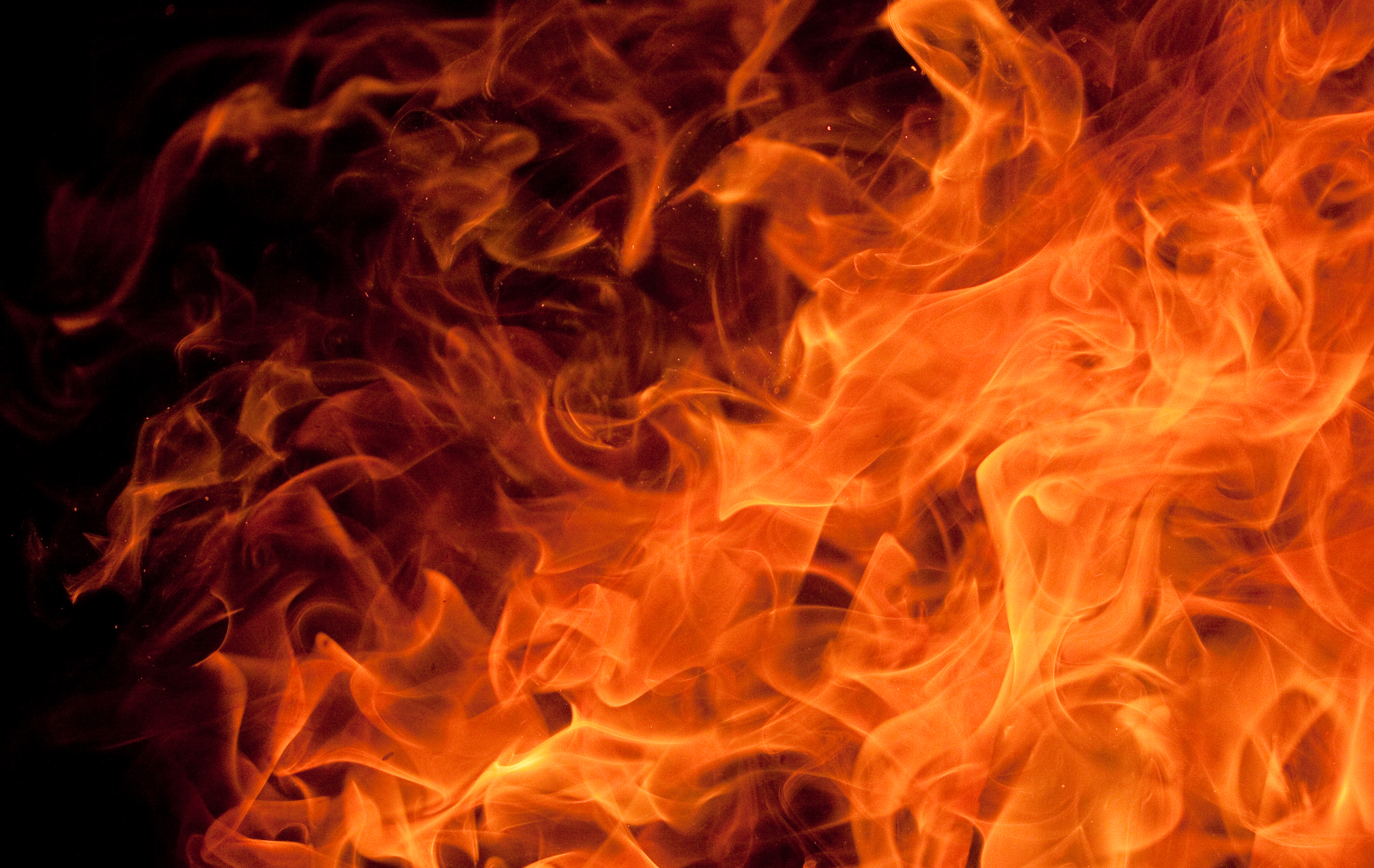What to Know
- Officials evaluating harm done to the Hudson River by PCBs say contamination levels were sometimes hundreds of times higher than allowed
- The Hudson River Natural Resources Trustees reported that PCBs were detected in 85 percent of 10,000 surface water samples from 1975 to 2014
- Water contamination levels were sometimes hundreds of times higher than state and federal thresholds, according to the report
Government trustees evaluating harm done to the Hudson River because of pollution by PCBs, suspected carcinogens that have been banned for decades, say water contamination levels were sometimes hundreds of times higher than state and federal thresholds.
The Hudson River Natural Resources Trustees reported Wednesday that PCBs were detected in 85 percent of 10,000 surface water samples taken from 1975 to 2014.
The study determined that samples that contained PCBs all showed concentrations that exceeded at least one regulatory standard. The lowest concentrations were also greater than the most "stringent standards" imposed by the state of New York to protect wildlife and fish consumers.
PCBs, or polychlorinated biphenyls, were used as a fire preventive and insulator in the manufacturing of electrical devices. PCBs were banned in 1977 by the Environmental Protection Agency due to the health risks they pose.
During a 30-year period before the ban, about 1.3 million pounds of PCBs were discharged into the Hudson River from two General Electric plants located in Fort Edward and Hudson Falls, New York.
"PCBs released by General Electric have caused repeated and prolonged exceedances of state and federal water quality standards, contaminating surface water resources of the Hudson River,” Kathryn Jahn, Department of the Interior case manager for the Hudson River Natural Resource Damage Assessment, said in a statement
Local
As part of the EPA Superfund's $2 billion project, Boston-based General Electric removed 2.75 million cubic yards of PCB-contaminated sediment from a 40-mile stretch of the upper-river in 2015.
The federal Superfund program is responsible for cleaning up some of the nation’s most contaminated land.
In a statement to NBC New York, GE spokesman Mark Behan said the dredging project conducted by the company was "deemed a “historic achievement” by EPA."
According to GE, the cleanup removed nearly 80 percent of the PCBs in the Upper Hudson and produced a 73 percent drop in PCB levels in water.
PCB levels in water "have declined at every monitoring station in the Upper and Lower Hudson since dredging ended in 2015," Behan said.
The expanded water sampling report is part of a series assessing GE’s liability for harm done to the Hudson River’s natural resources.
"GE’s work, in conjunction with federal and state regulatory agencies over the last 40 years, including the dredging project, has led to steady reductions in PCB levels in water, fish and sediment," Behan said.
The federal EPA is finalizing a five-year review of the Hudson River cleanup.
General Electric is the former parent company of NBC Universal.



